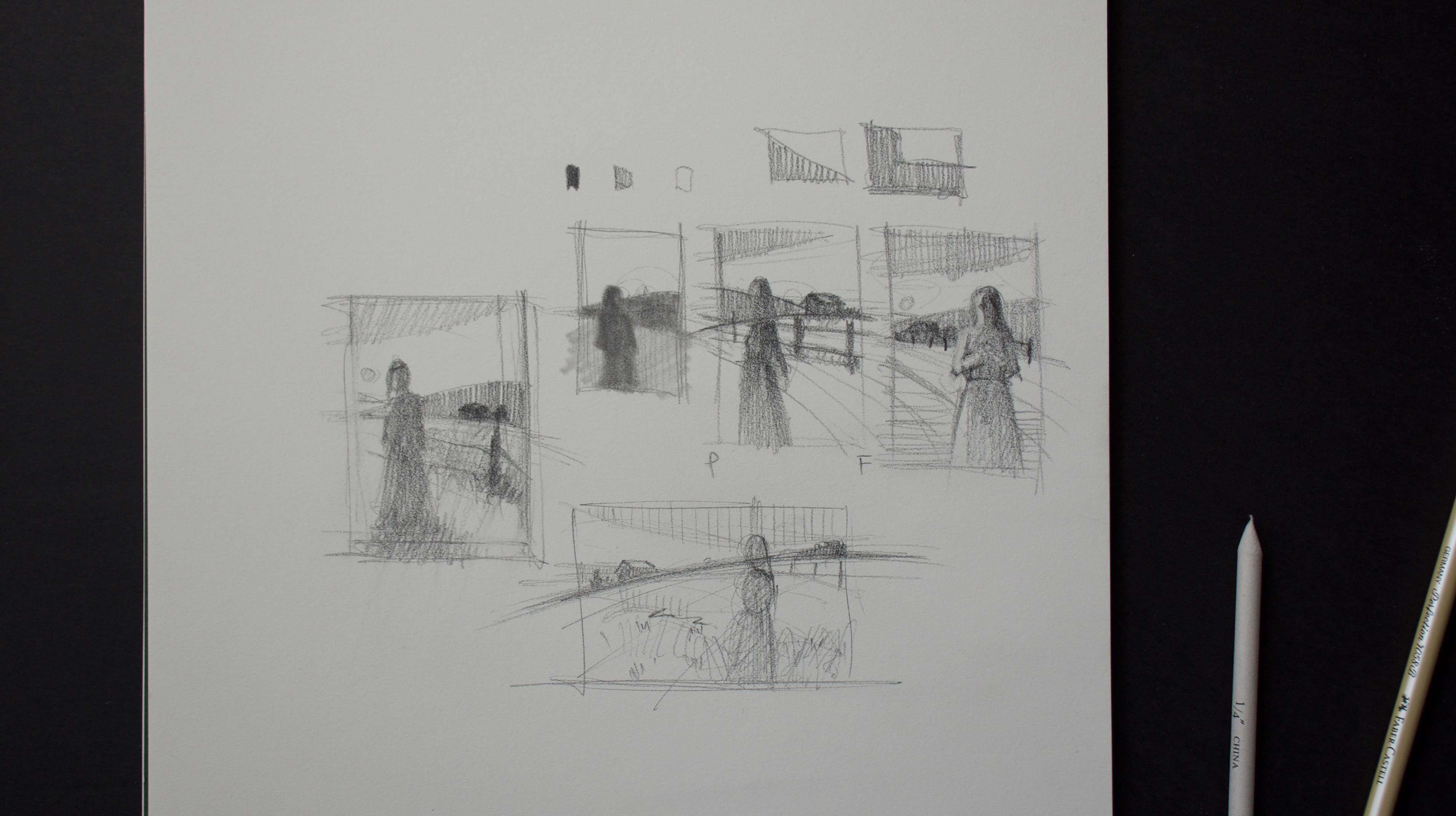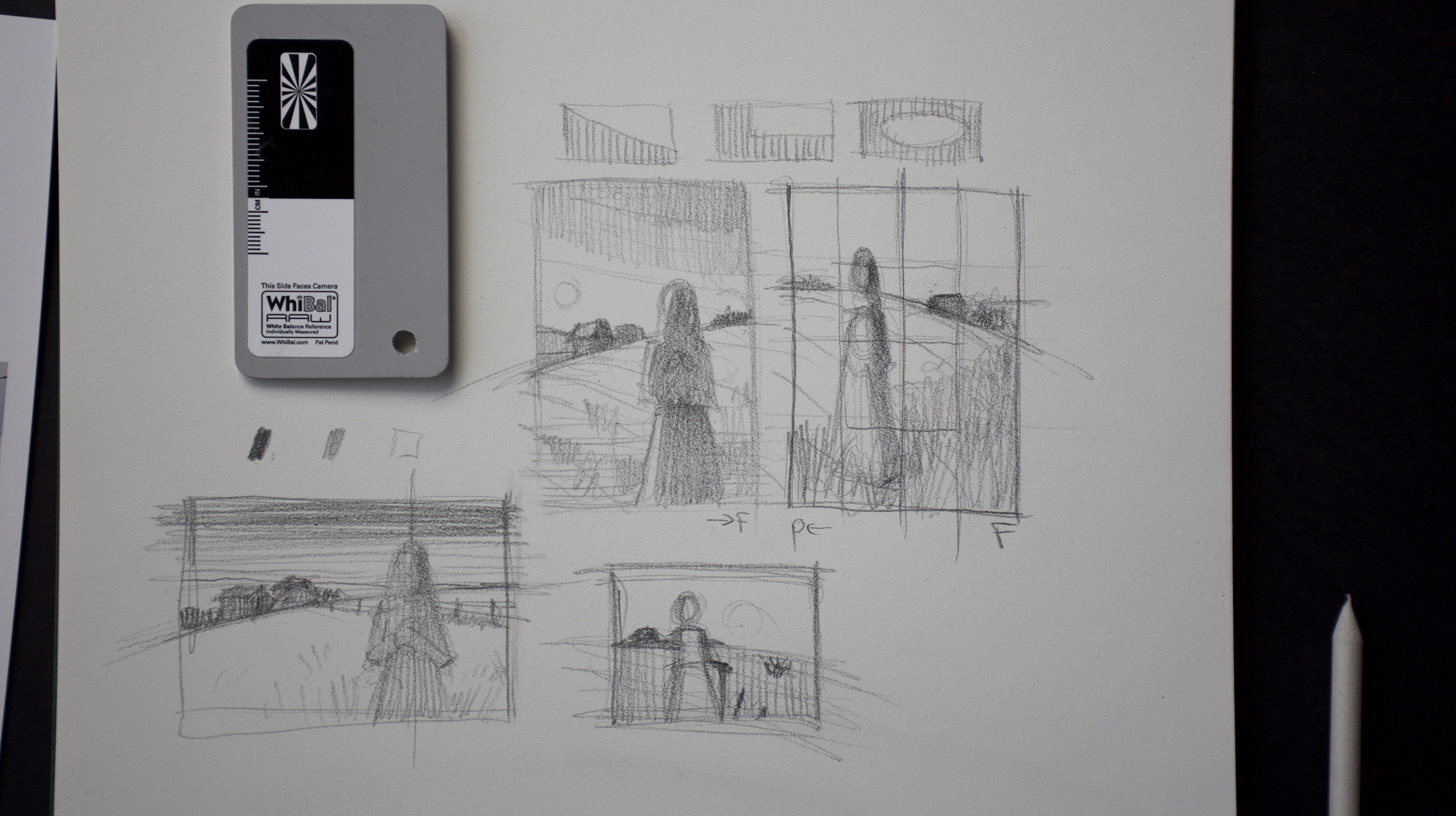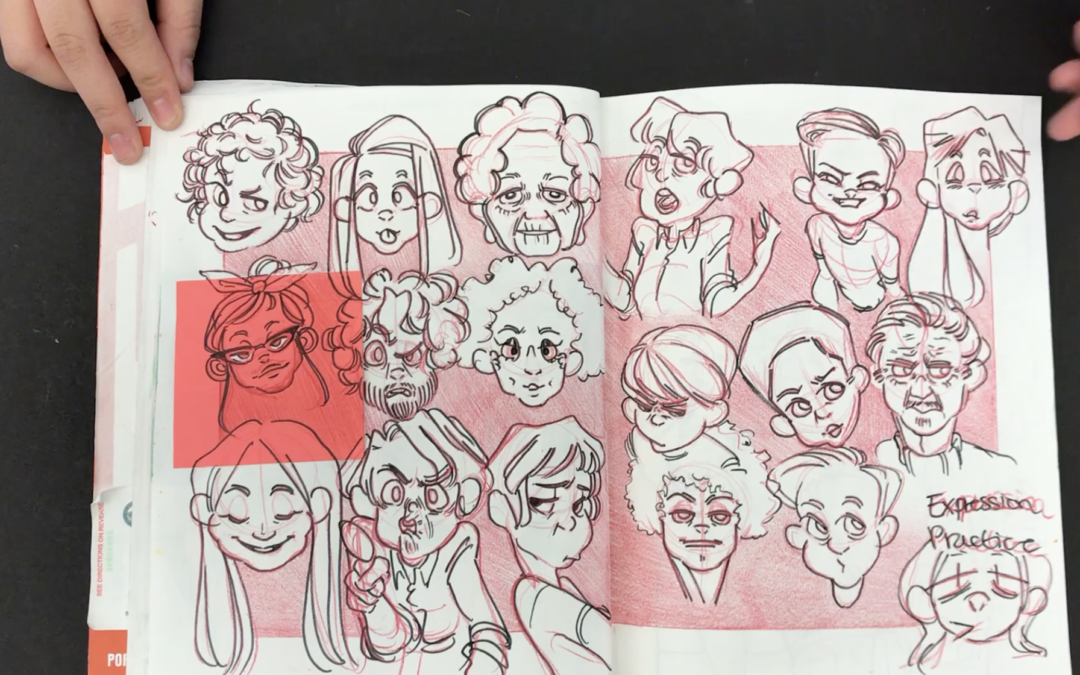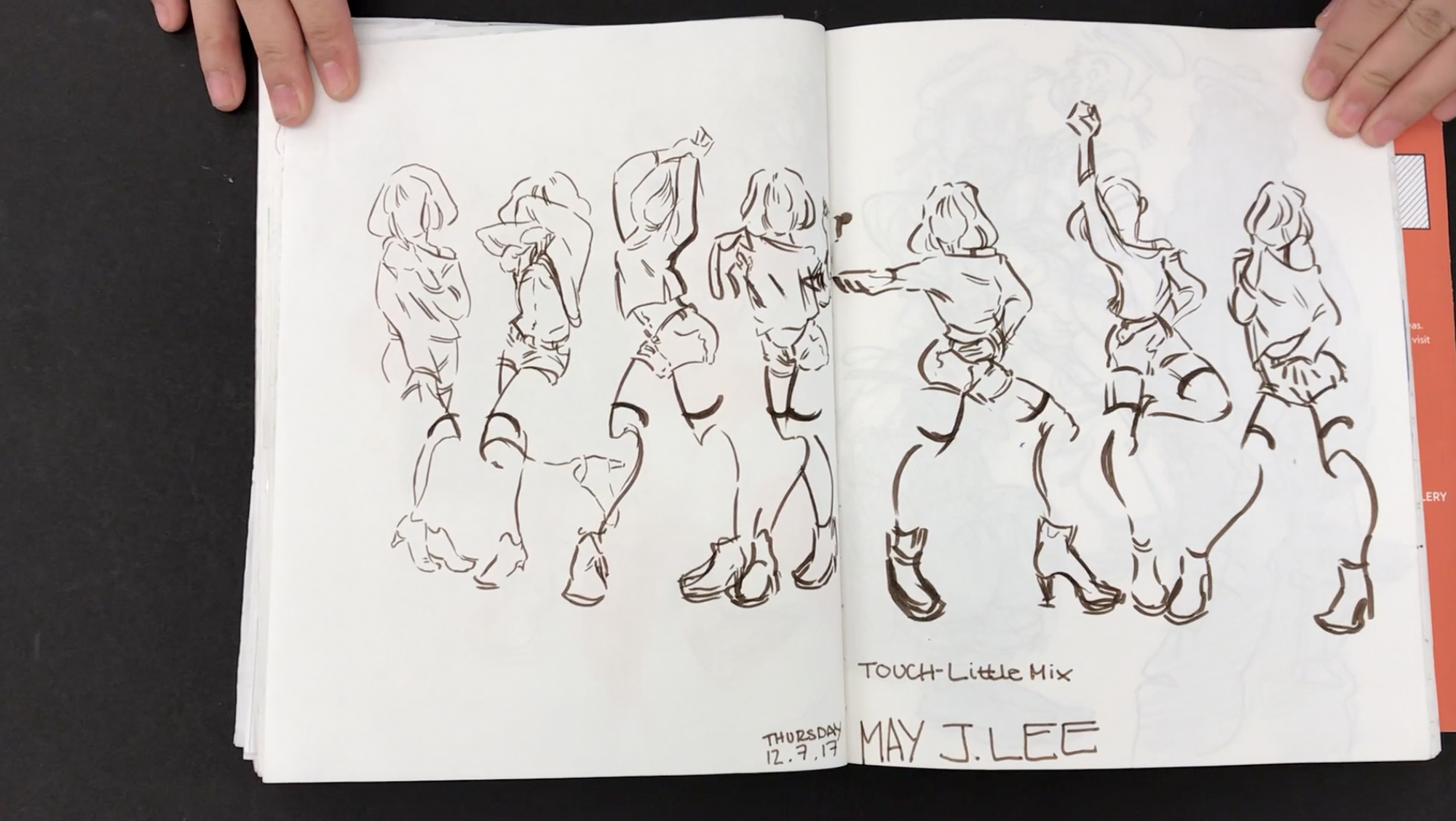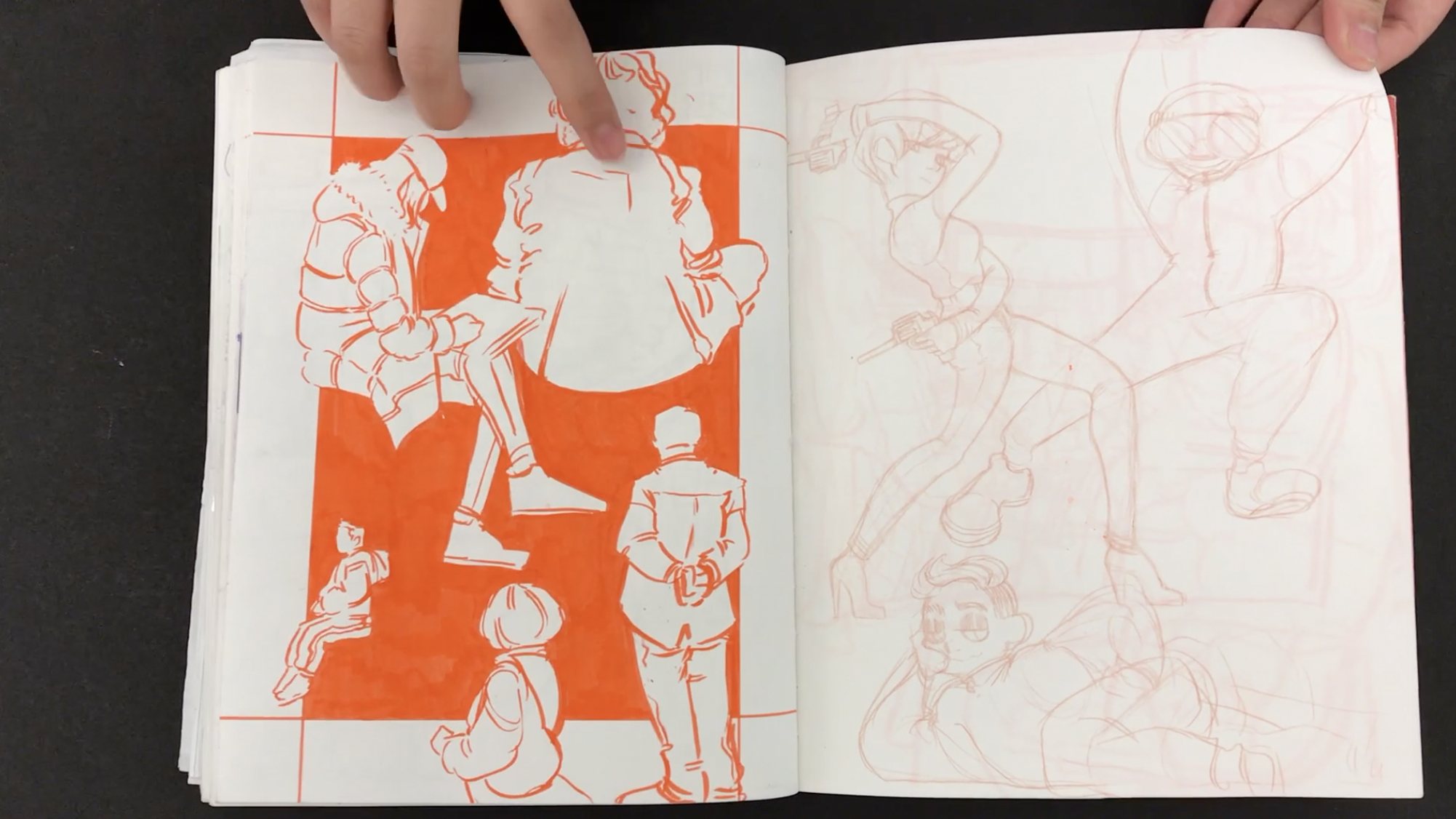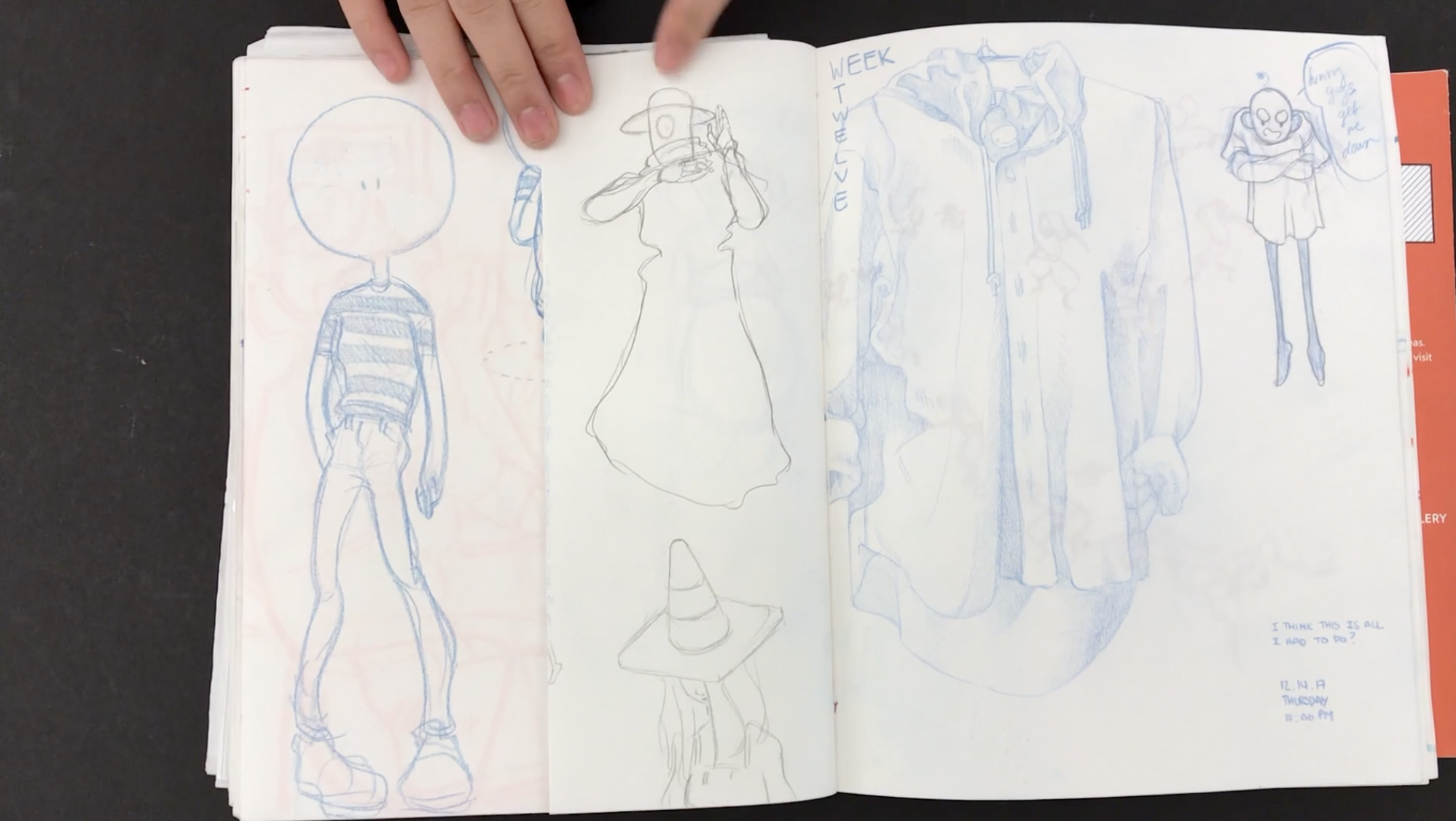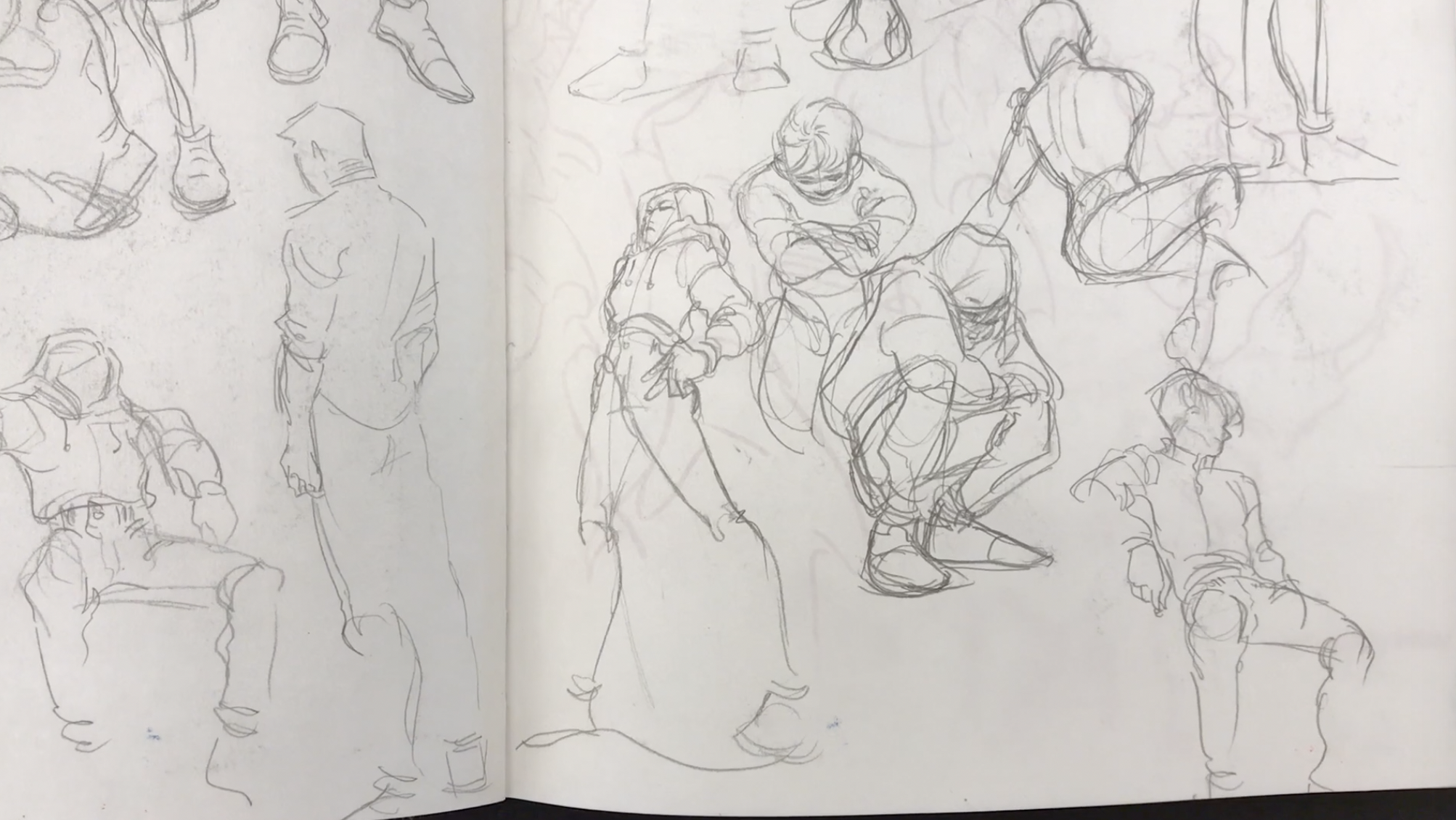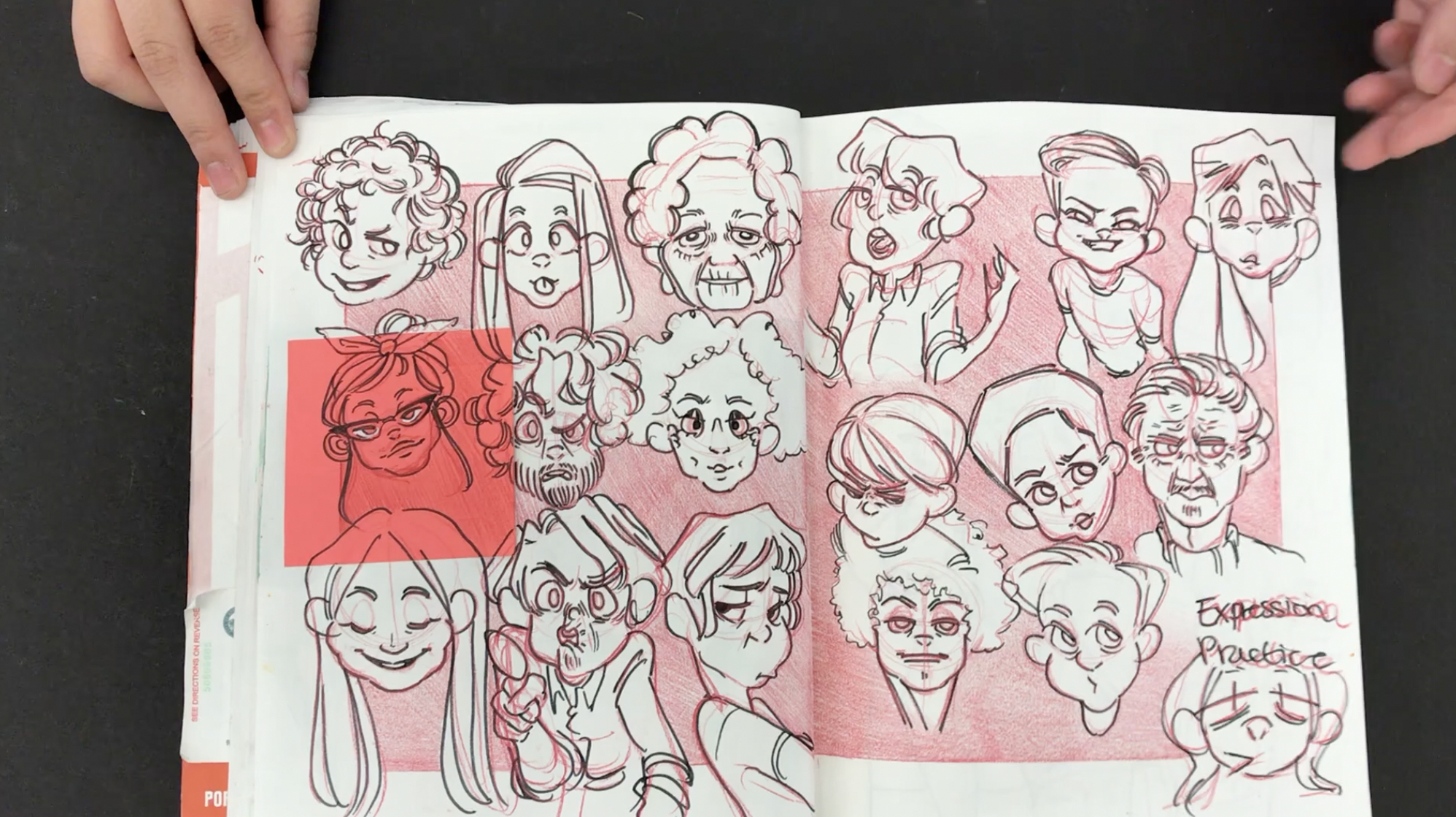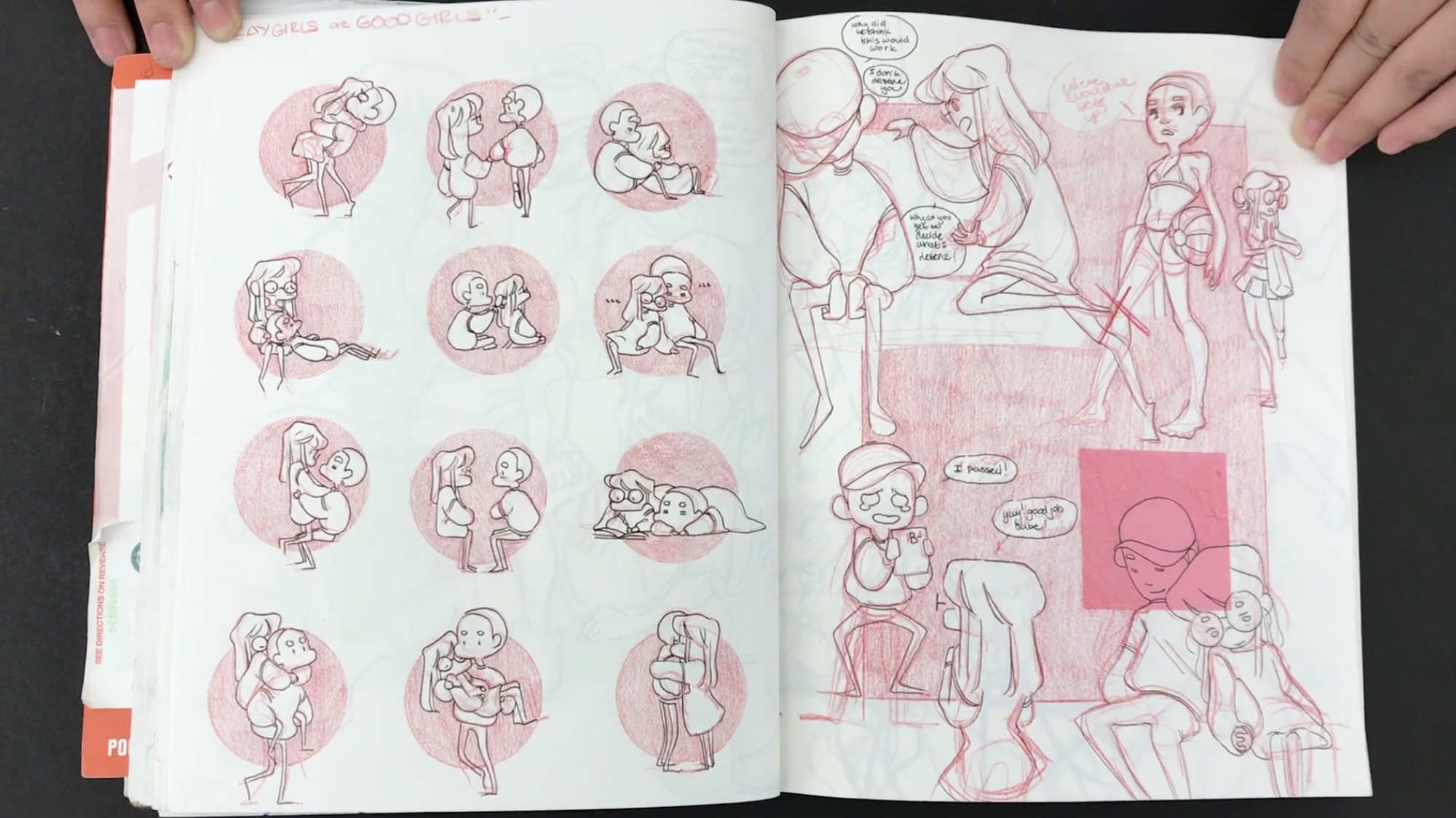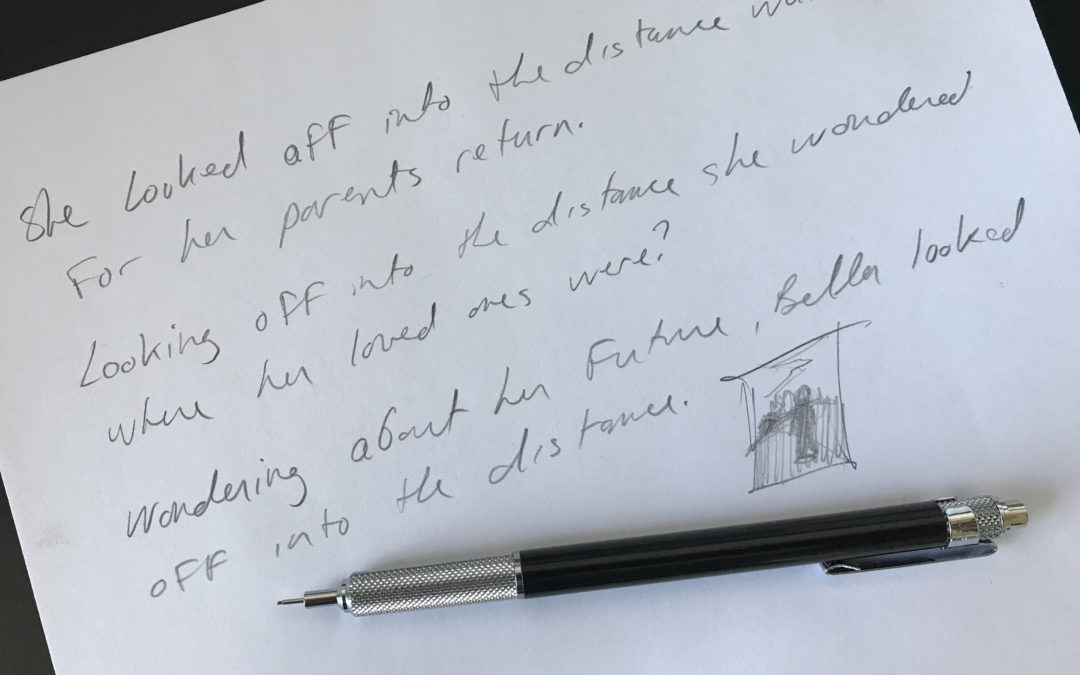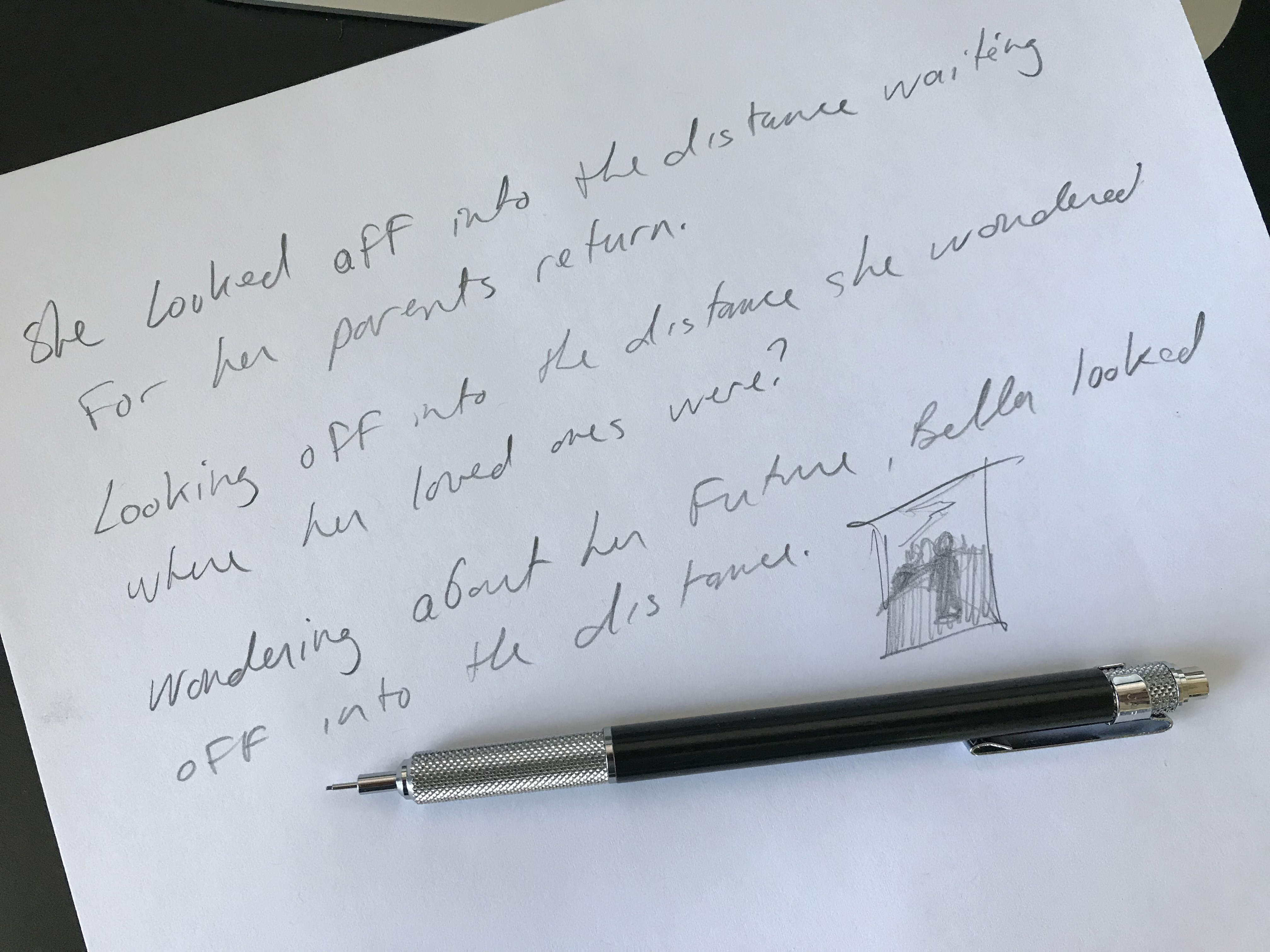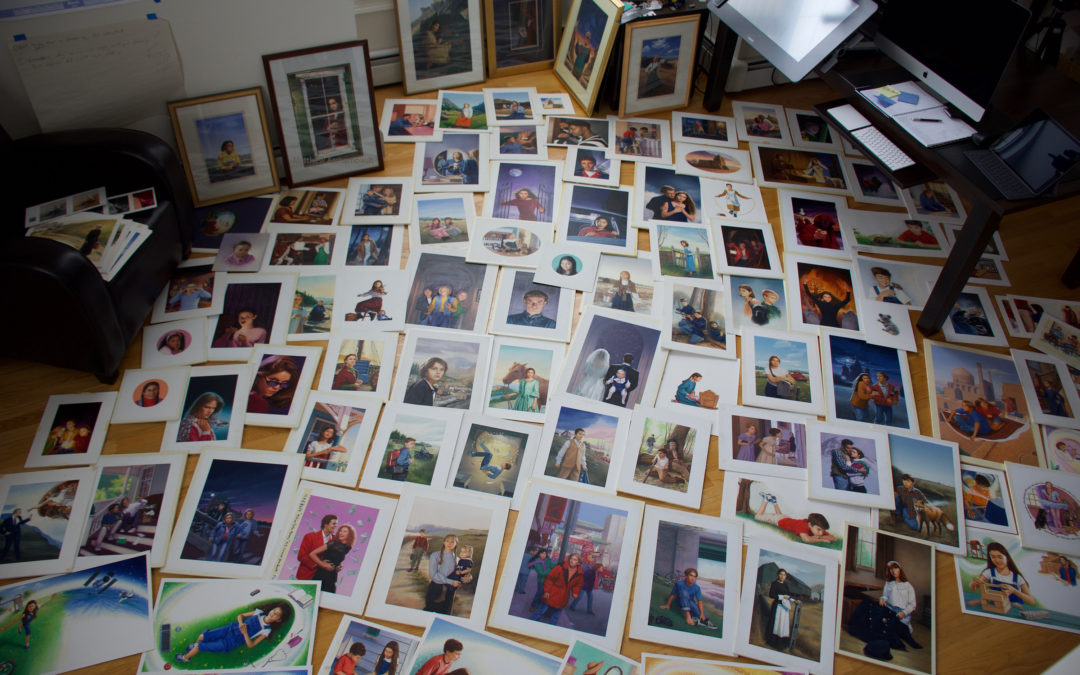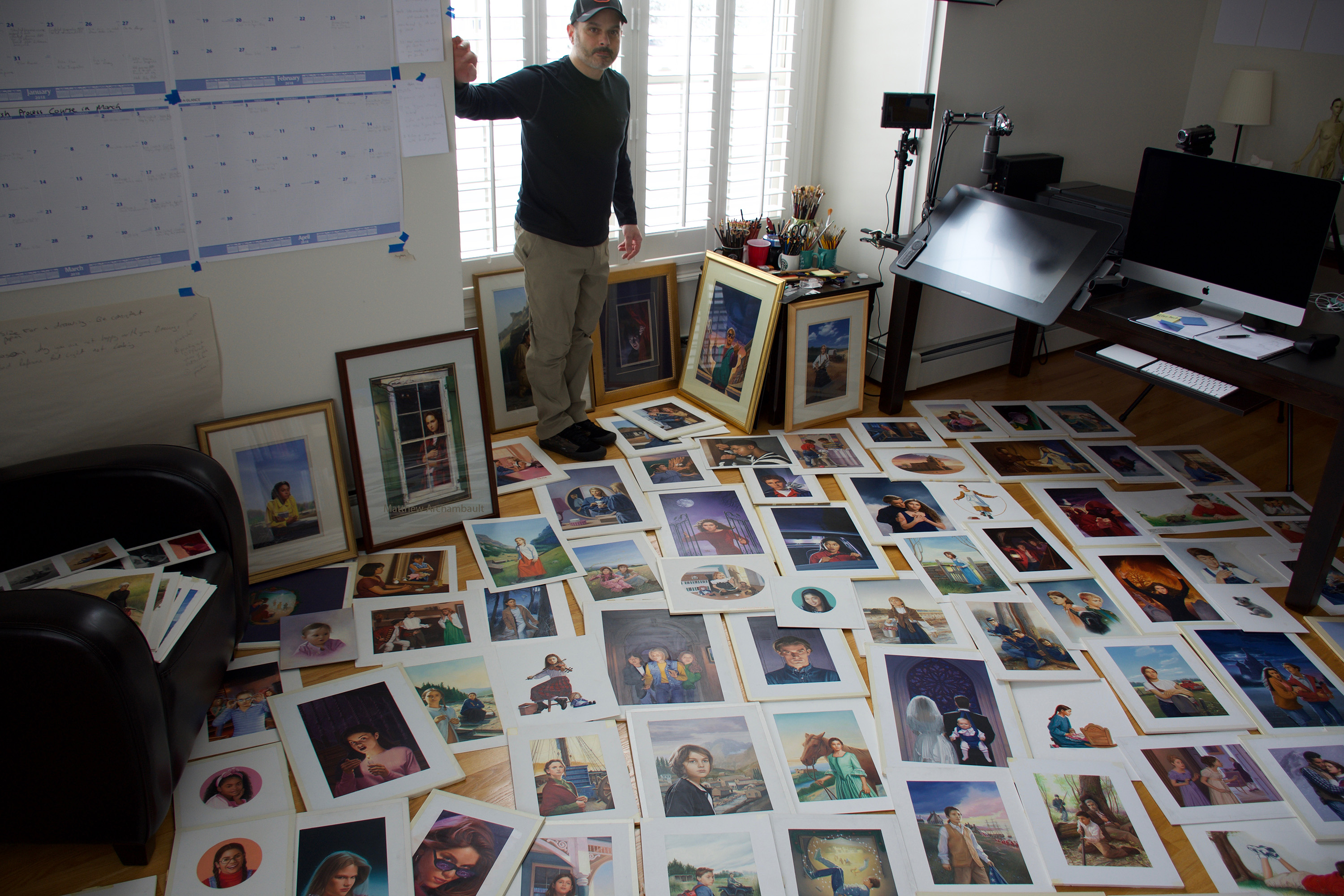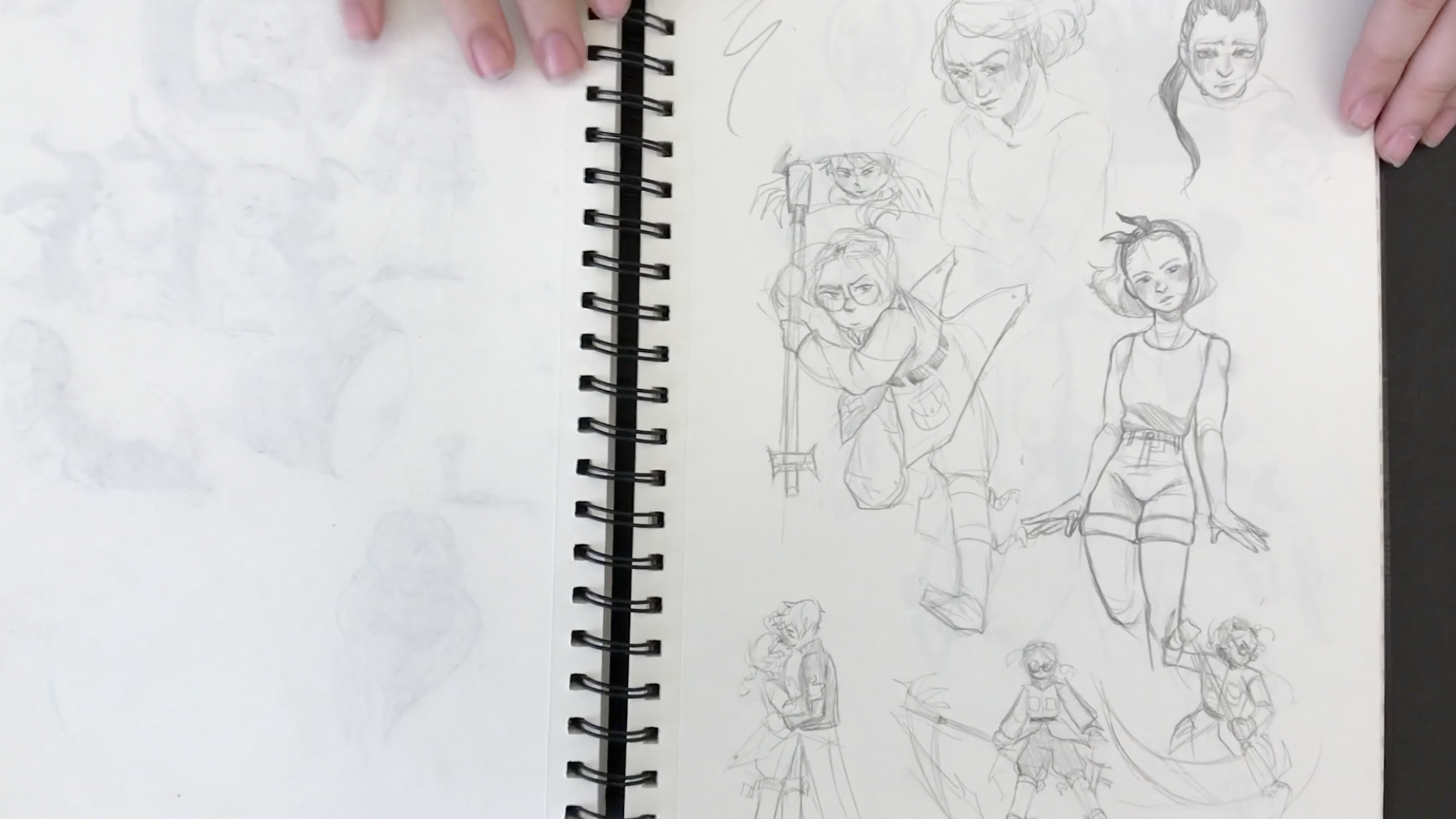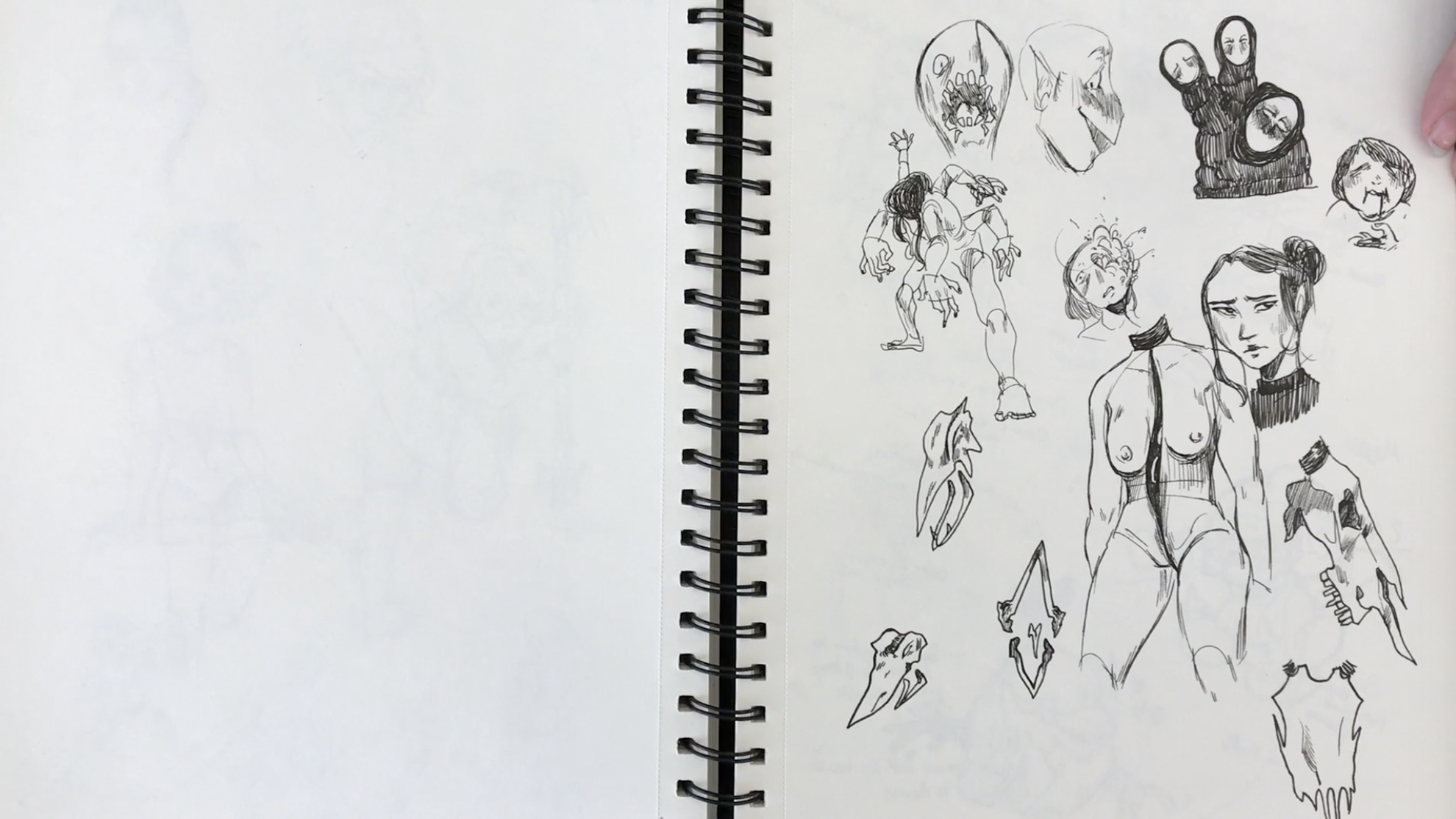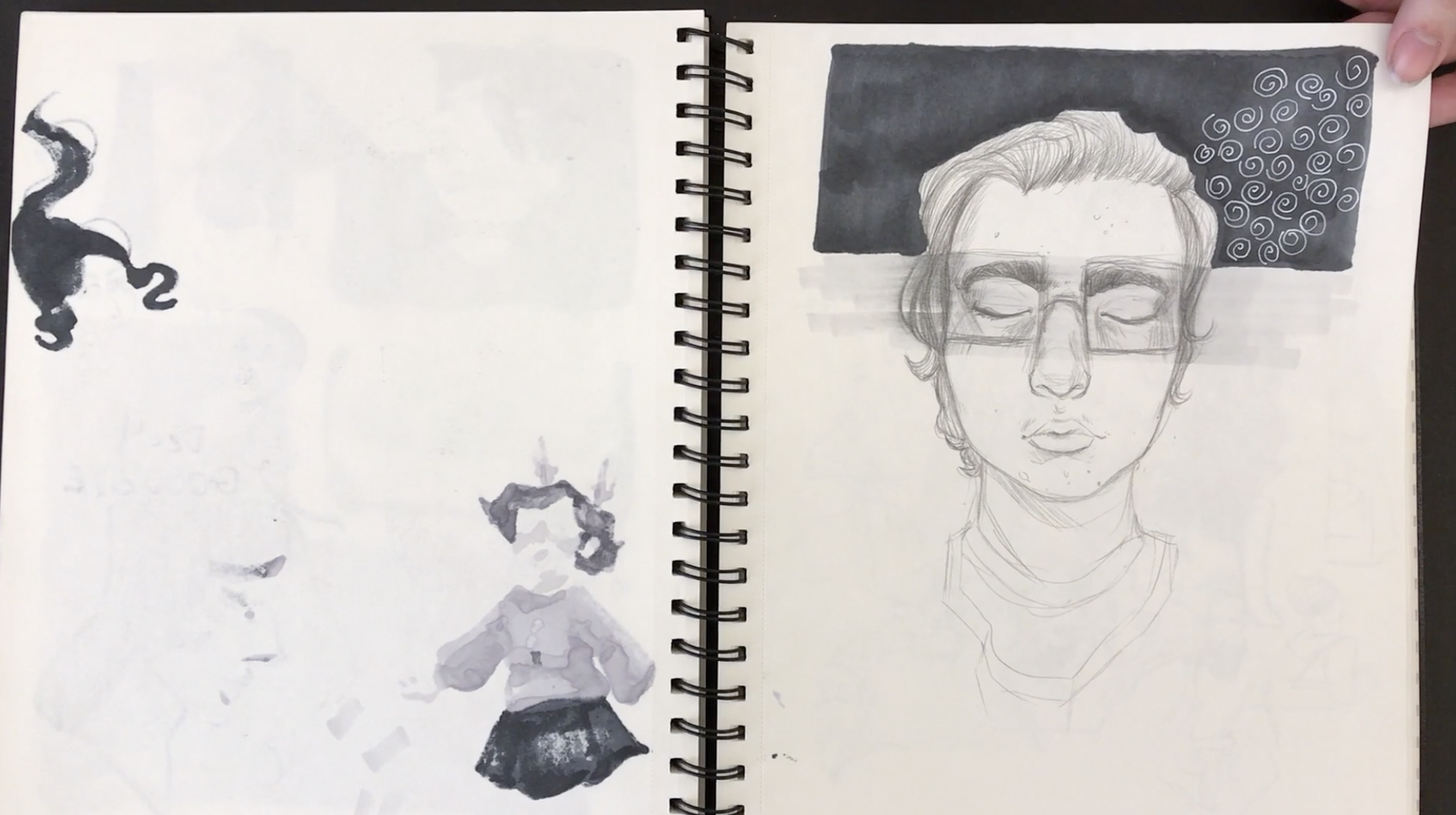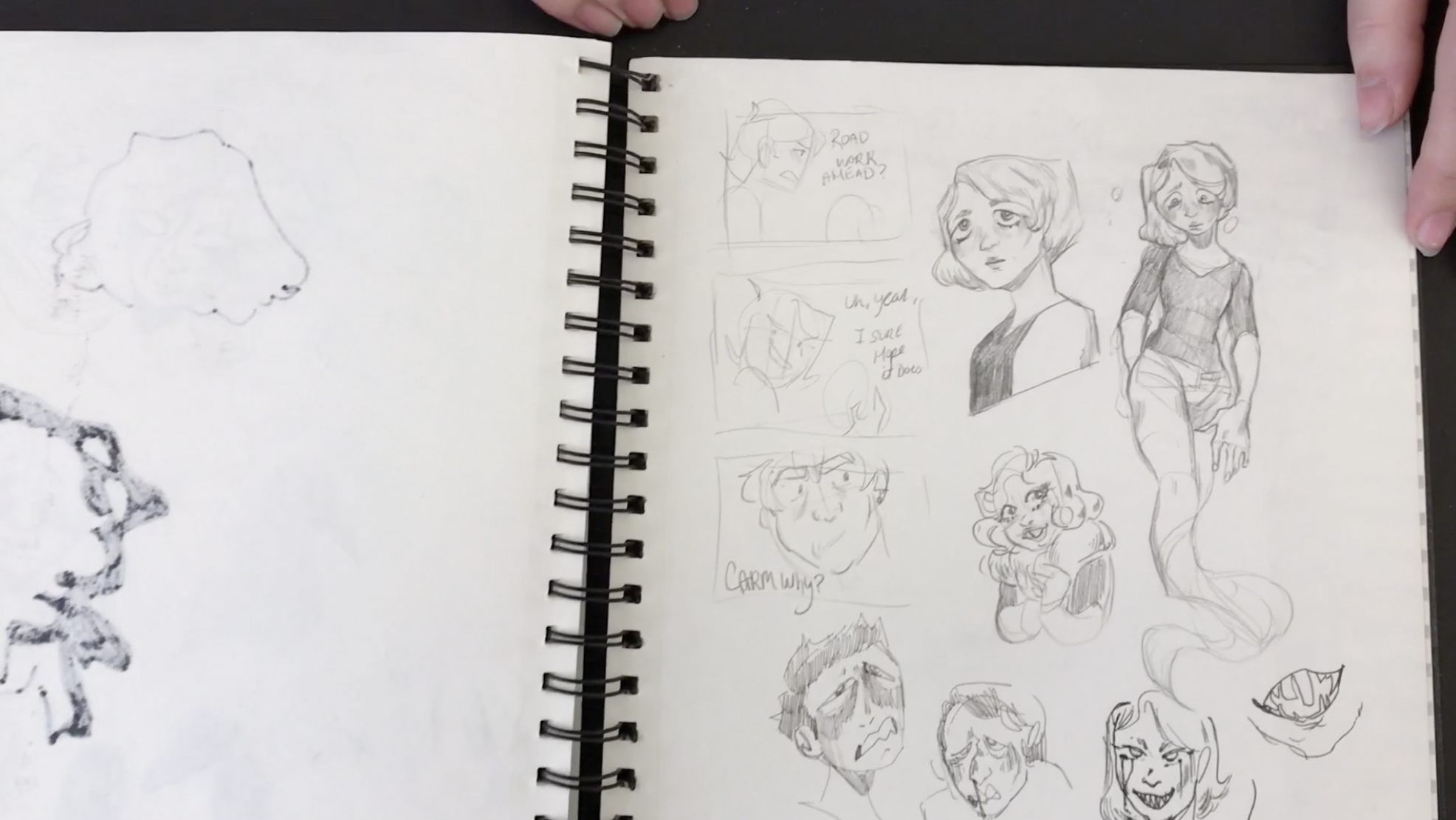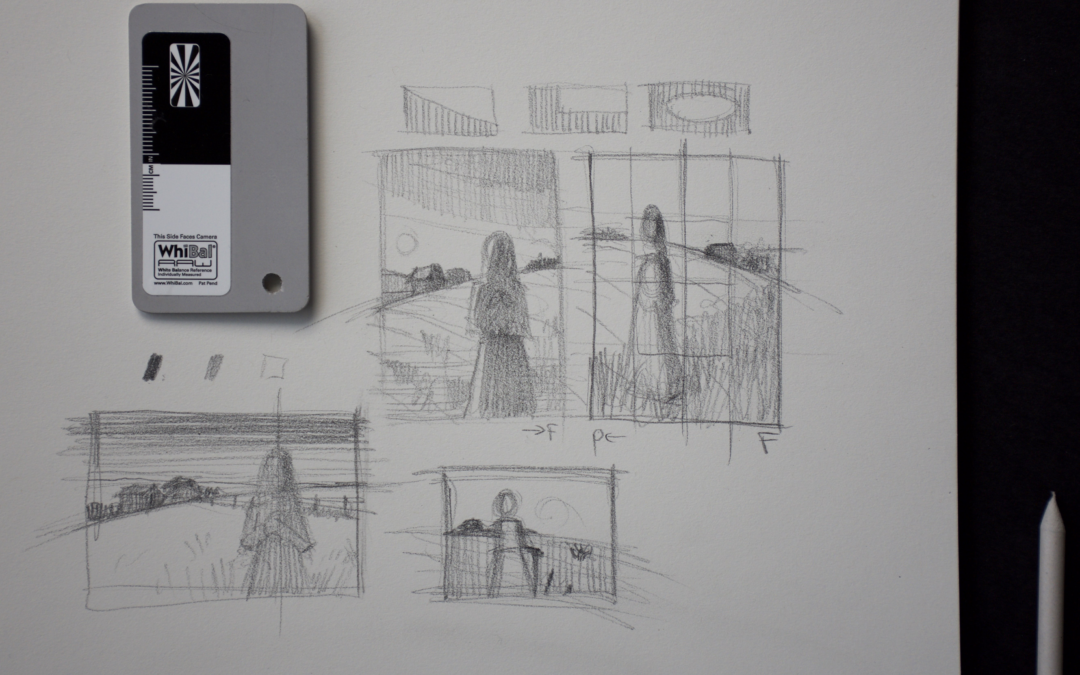
Get Your Ideas Onto Paper Fast
I’m still amazed by the fact that many artists do absolutely no prep work before starting on their final illustration. Seriously. They just sit down and start working on their final piece with no concept concerning the structure of their image.
Ultimately as they continue to work, the flaws in their image making start to creep in. That’s why I’m creating this “Illustration Process” course at Drawing Tutorials Online. This new course is all about having you take a step back, analyzing your image making process. It’s about making sure you have a system.
System is not really an artistic type of word. However if you want to create consistently good artwork you need a system, or process.
Getting your ideas out onto the paper is a very important step in the image making process. That is where thumbnail sketches come into play.
Thumbnail sketches are meant to be created in five minutes for less. Personally I love to draw them in an impressionistic tonal sort of way. I like to block in big areas of tone with a really soft pencil drawing more like a painter.
Consider thumbnail sketches a visual brain dump.
It’s important that you take some time to draw your concepts out on paper before you start to work on your final illustration. With your first thumbnail drawn you immediately start to question it. Wait maybe if I draw another, this way, it will make more sense. That’s the beauty of creating thumbnail sketches.
They are a no risk way to loosely compose an image with tone, perspective and texture.
I highly recommend that you start to incorporate using thumbnail sketches in your image making process. Remember they are not for drawing details. As you can see in my thumbnail sketches there are not many details at all. Just big shapes of tone placed within the scene.
Do your best to incorporate a dark, middle tone and light into the mix. Placing a horizon line is a good habit to get into as well.
Thumbail sketches work well when combined with your inpirational sentence or image. Try a few, you’ll find they are start to becomne addicting. In short they provide you with many options visually right out of the gate.

